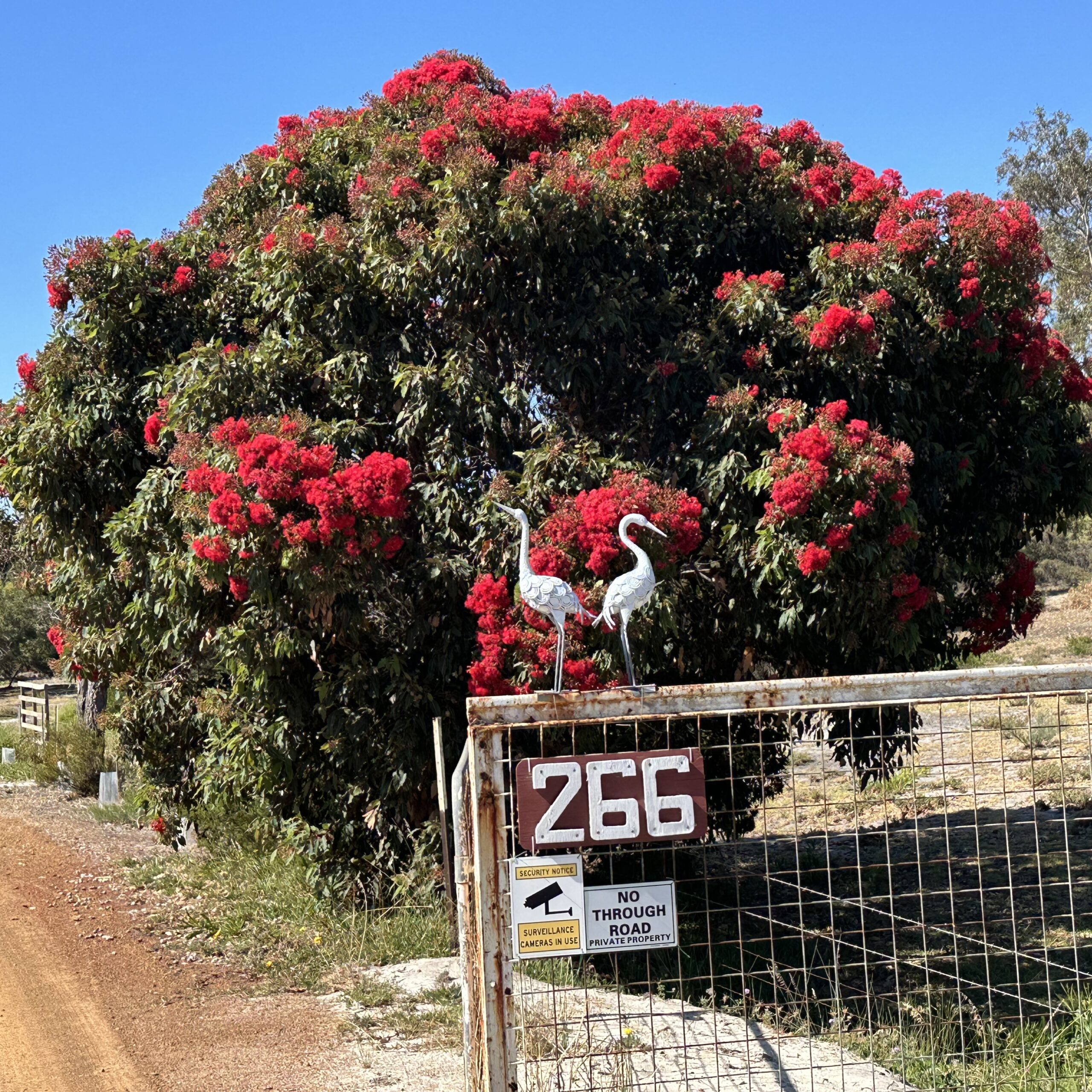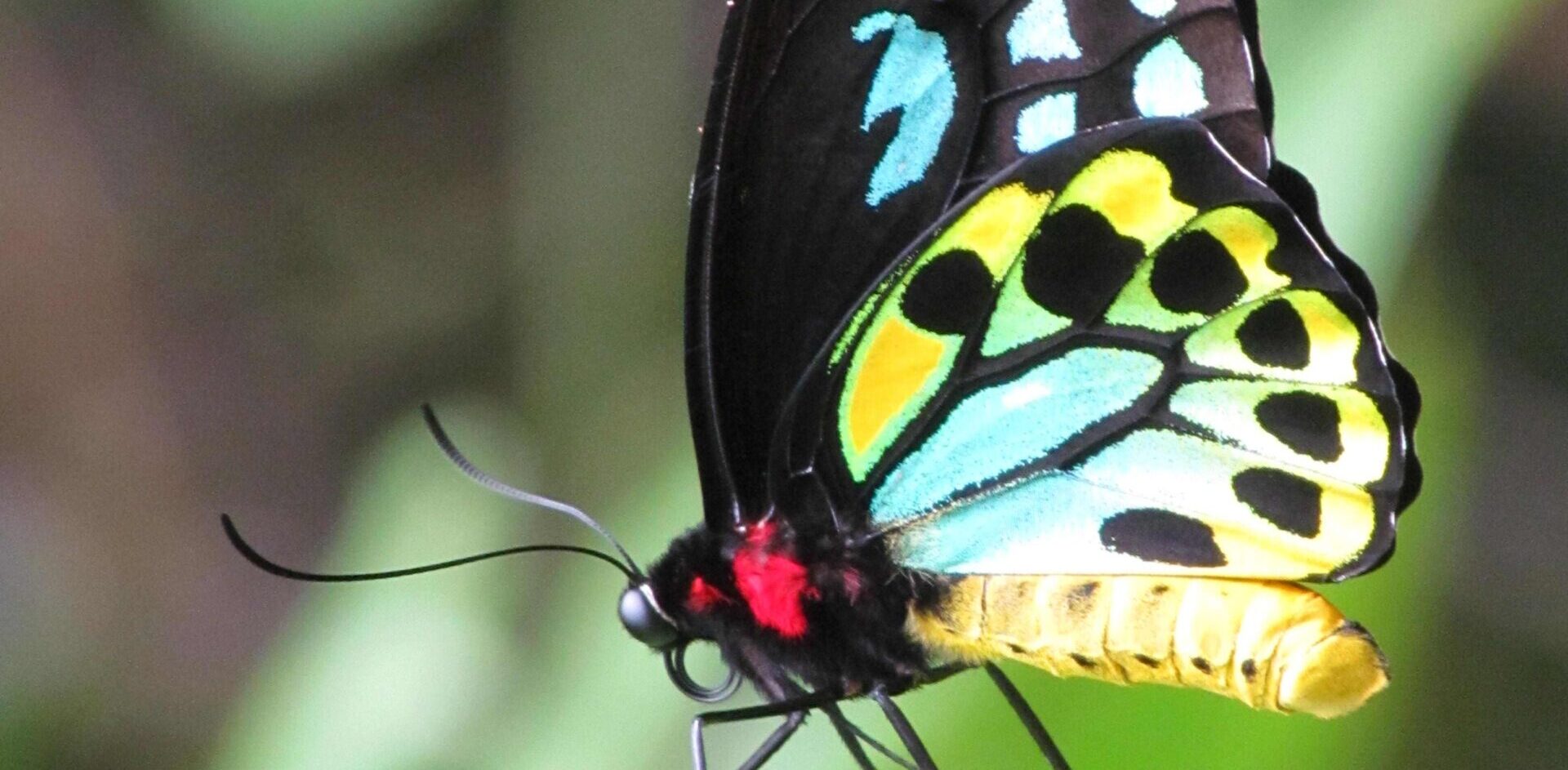Left: Carnaby’s black cockatoo (Zanda latirostris), Right: Red flowering gum (Corymbia ficifolia), an endemic species to southwest WA.Photo credits: Lori-Ann Shibish and Colin Ingram Esperance Wildlife Sanctuary Inc Western Australia • CHADWICK In 2021 we purchased our 12-acre property that was part of a 1980s subdivision, partly cleared to run...
Horrific video evidence newly released reveals the violent killing of a minke whale stuck for 19 days since Christmas eve in a fishing trap in Taiji. World respected whale expert Mark Simmonds OBE, senior marine scientist at Humane Society International, describes his shock after watching the footage of the whale being deliberately held under water to suffocate before being delivered for butchering wrapped in a blue tarpaulin.
Mr Simmonds said: “For more than 25 years I have worked on whaling issues, so I am not naïve about how these animals are killed. But even I am deeply shocked by the video of this minke’s death in Taiji. Loosely secured to the side of a boat with its tail held up and its head forced underwater so that it was impossible for the whale to come to the surface to breathe, this intelligent mammal took some 20 minutes to succumb. During this time, it could be seen violently thrashing against the side of the boat, wounding itself as it struggled to get free.
Forcing underwater the head of a mammal evolved to hold its breath for long periods, so that it slowly runs out of oxygen, is an acutely cruel killing method by any standards. Many whales are caught in similar traps around Japan every year so sadly this is neither an exceptional nor unexpected occurrence. But what is exceptional is that this whole process was witnessed and filmed for the world to see. We call on all friends and colleagues in Japan to make every effort to end this cruel practice.”
The footage was taken by Ren Yabuki, director of Life Investigation Agency (LIA), who filmed the whale every day with a drone in an effort to bring the world’s attention to its plight in the hopes of saving it. He watched the fishermen tie a rope around the whale’s tail fin and force its head beneath the water where it took around 20 minutes to die. Death in such situations is usually because the whale clamps its blowhole shut and suffocates. Read Ren’s account here.
The Government of Japan has recently issued its quotas for the country’s commercial whaling operations for 2021, setting the catch limit of large whales at 383. The quota allows a catch limit of 171 minke whales including a potential ‘by-catch’ of 37. They also allow for the capture of 187 Bryde’s whales and 25 Sei whales.
HSI/Australia’s animal welfare program manager, Ms Georgie Dolphin, said, “It is soul-destroying to think that by merely lifting the net three weeks ago, this poor animal could have been swimming free instead of being trapped in prolonged distress only to be killed and butchered for commercial sale in local markets. Whales like this are the silent victims of Japan’s continued commercial whaling. Deliberately entrapping whales for prolonged periods under the guise of ‘by-catch’ is inhumane and we call on the people of Japan to speak out against this cruelty. The commercial killing of whales is subject to a global ban, but Japan has sought to escape the ban by leaving the International Whaling Commission and continuing to kill whales for commercial purposes completely outside of the framework of international law.”
The town of Taiji in the Wakayama Prefecture already attracts substantial criticism since it is home to cruel dolphin drive hunts and is the largest exporter of wild-caught dolphins in the world, supplying marine parks globally. The Taiji dolphin hunters use the cruel drive hunting technique to corral them into the infamous Cove, selecting some for captivity and slaughtering others for their meat. They search for dolphins each day from September 1st for the six-month season, causing immense animal suffering. The demand for captive dolphins for entertainment around the world is the key motivator for the continuation of the Taiji slaughter.


